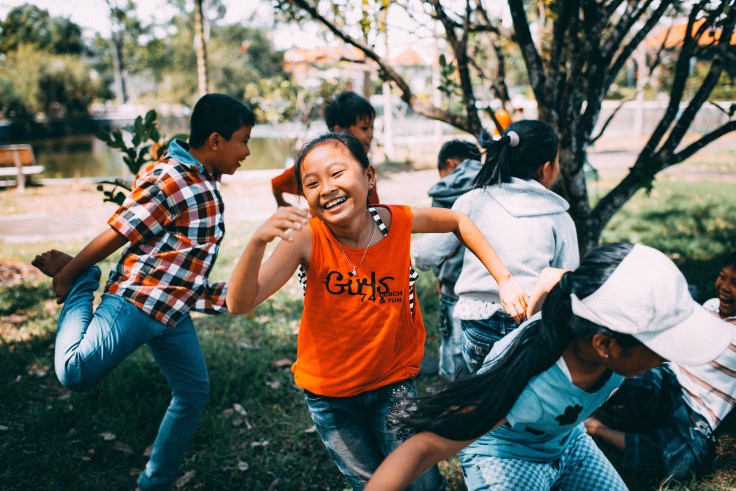They may not be as exposed to the troubles surrounding the world, but children also have their fair share of challenges.
Childhood may be associated with blithe. The word sparks imagery of pure-spirited children running around happily and freely, those who spend most of their time playing and frolicking under the sun. This may be typically perceived as the period in life when problems and troubles were absent. Living under the care, guidance, and parents’ responsibilities, children are considered at liberty from any difficulties the world has to offer. But, there’s only too much parents can keep them away from.
Youth doesn’t necessarily safeguard children from pain and challenges. If anything, they’re more susceptible to these events, given they don’t have a complete and firm grasp of social and emotional awareness. They have yet to know about the correlations and connections of their surroundings with their emotions, which experiences will make them struggle, or what kind of people will give them pain.
Children can experience problems ranging from simple, routine-centered ones to more complex societal issues. Not to mention the exposure to an uncertain world and the changes they encounter and have to carry off as they grow and live through its complexities.
There’s so much a child may experience growing up. It’s only practical for their parents to build them stronger and more resilient, fighting through these challenges and swimming to and against the currents.
Fortunately, resilience is something that can be learned even for children.
Although innocent, they are equipped with skills that can get them through challenges and stress. All parents need to do is strengthen these and guide children as they develop while they grow.
Resilient children have courage.
It’s from this courage that they succeed and live a meaningful life.
In Three Dimensions of Learning by Carolyn Nooks-Teague, the author highlights resilience as a crucial pillar that strengthens people’s grit. It’s the key to every child’s survival and success, what pulls them back up when they fall. Resilience is the key to a child’s survival and success. It teaches children to bounce back up from adversities, to brush themselves after falling, and to try the second and third time until they succeed. With the skills’ benefits and advantages, she encourages parents to teach and develop them in children to prepare them for life.
Building resilience in children is better than keeping track and observing their behaviors closely. It works as a better protection than bubble wrapping children, as parents would’ve wanted. Resilient children quickly recover from setbacks, and in doing so, they build their confidence and capabilities for whatever comes next. Ideally, it should be a skill every parent must nurture within them.
But how does this skill develop?
Like anything, children learn resiliency through experience, which can be challenging for parents. As loving and protective parents are, they may find it troubling to allow their children to undergo and solve problems by themselves. But this is a crucial process in building resilience. If they don’t step away and avoid solving problems for their children, they will only end up doing otherwise, developing dependency rather than resilience. This means parents must step away from every problem existing or upcoming.
Whether it’s as simple as letting children answer their homework by themselves or allowing them to undergo friendship arguments by themselves, parents must give them enough space to at least attempt to solve their problems by themselves. They should only step up upon realization or acknowledgment that children can’t resolve the issues themselves. By allowing for such space, they’re gradually building resilience for future and more considerable setbacks.
Whenever parents provide comfort and certainty for their children, it may feel like they’re alleviating problems and carrying burdens for them – which isn’t wrong. But is this continuous practice beneficial?
When parents do everything for their children to protect them from the world’s harshness, they typically get in the way of their development. After all, how else can they practice problem-solving and better manage stress if they aren’t exposed to these aspects of life?
It can be tricky.
It goes against their nature.
But parents must allow their children to walk through life on their own.
Instead of protecting them to the fullest and providing their needs and the answers to all their questions, parents must prompt them to solve things and seek answers independently. Giving them this opportunity empowers children to tolerate uncertainty, challenging their brains to deal with potential problems and sudden changes they may face. If they fail to solve their problems, their development and growth can improve. Exposing them to failure teaches them how to bounce back and fix their slip-ups for future instances.

Leave a comment